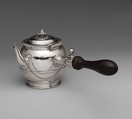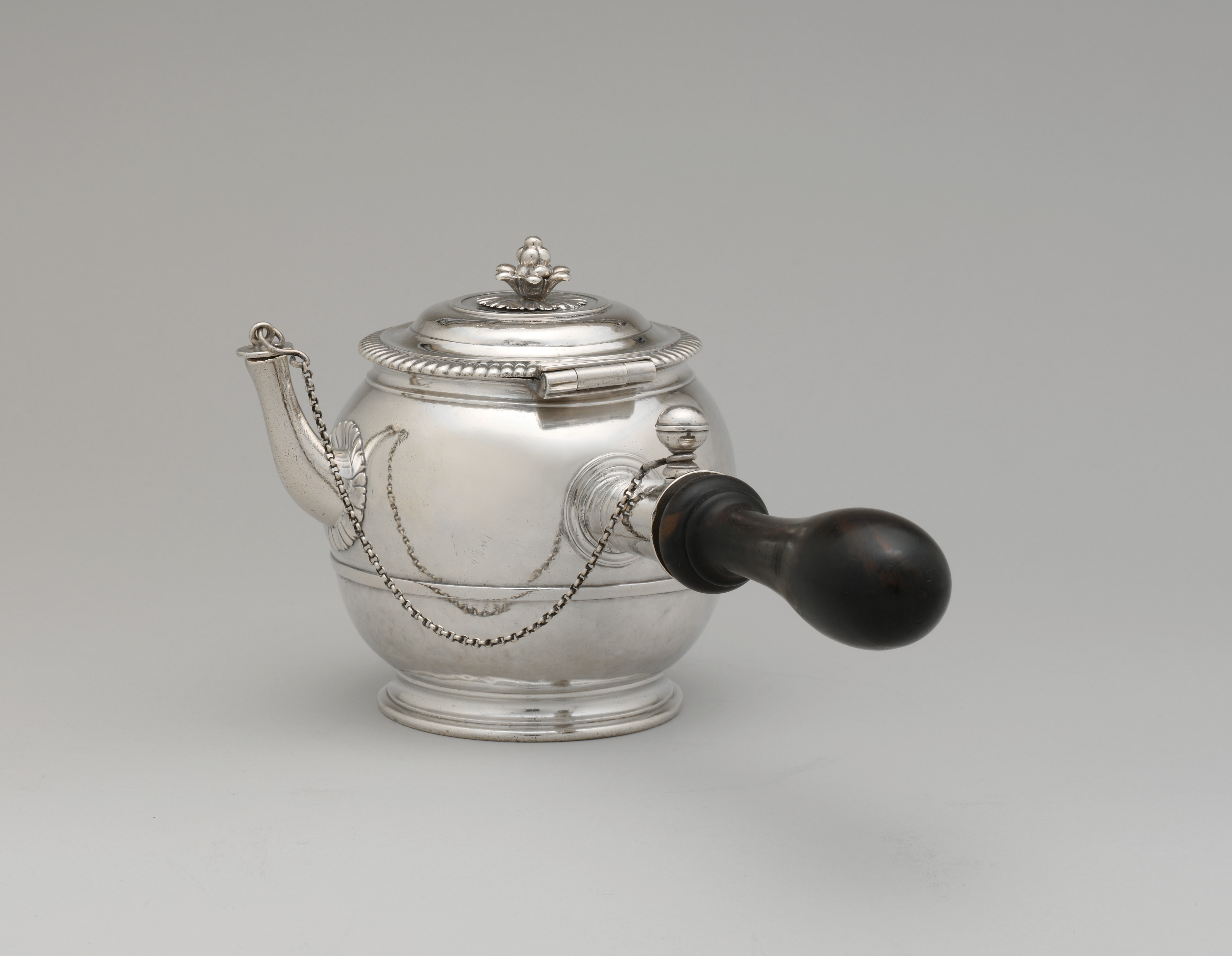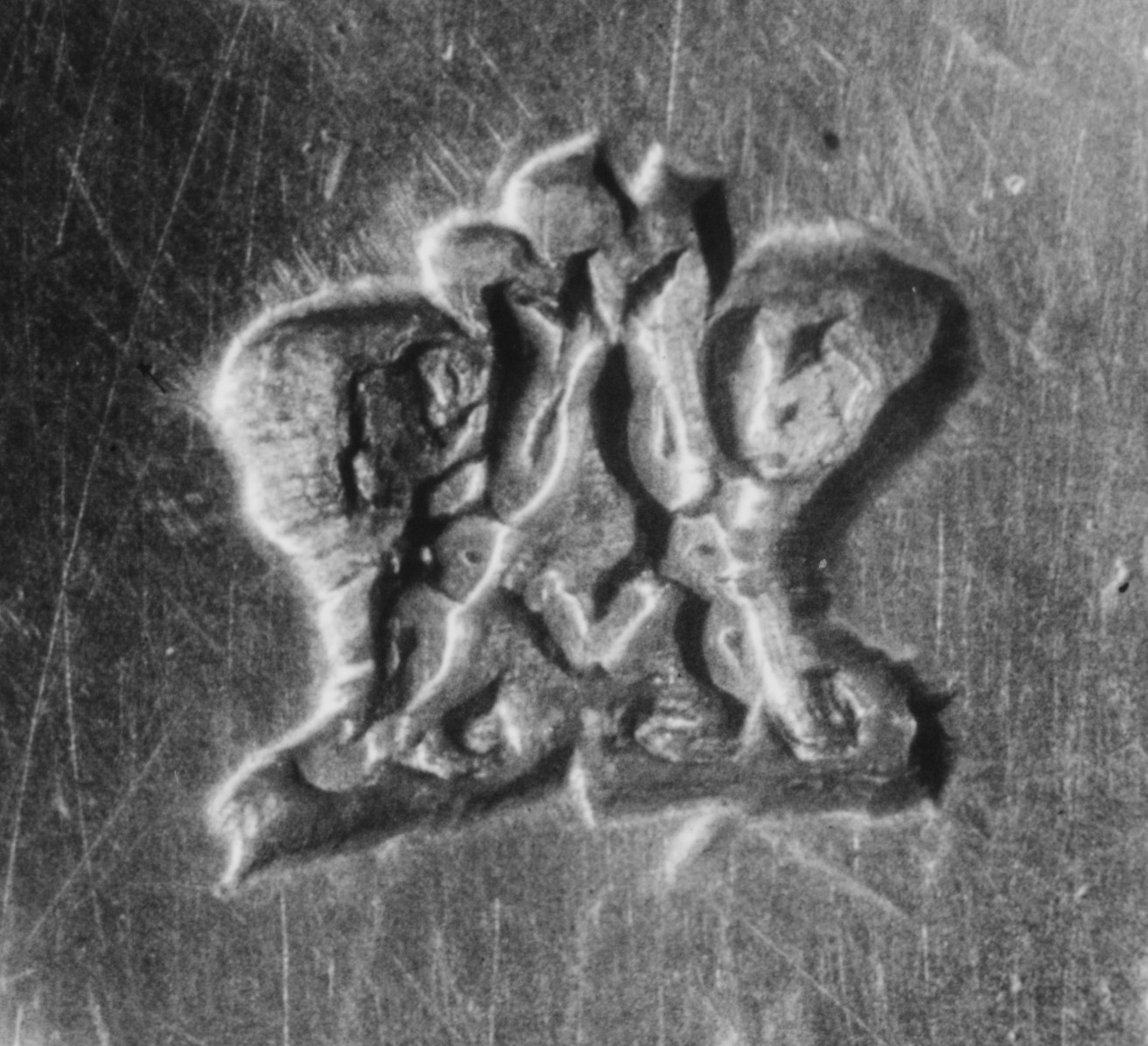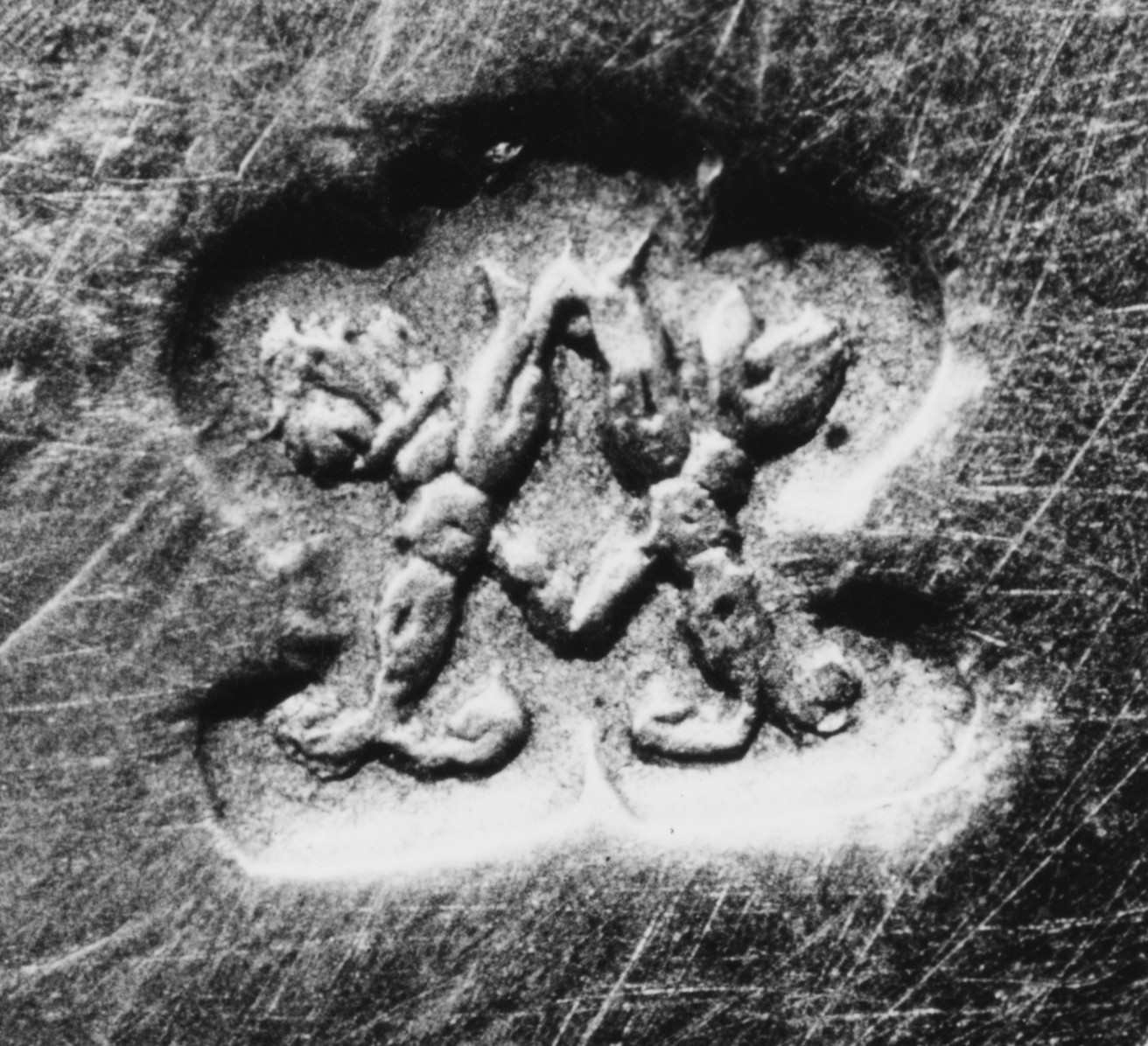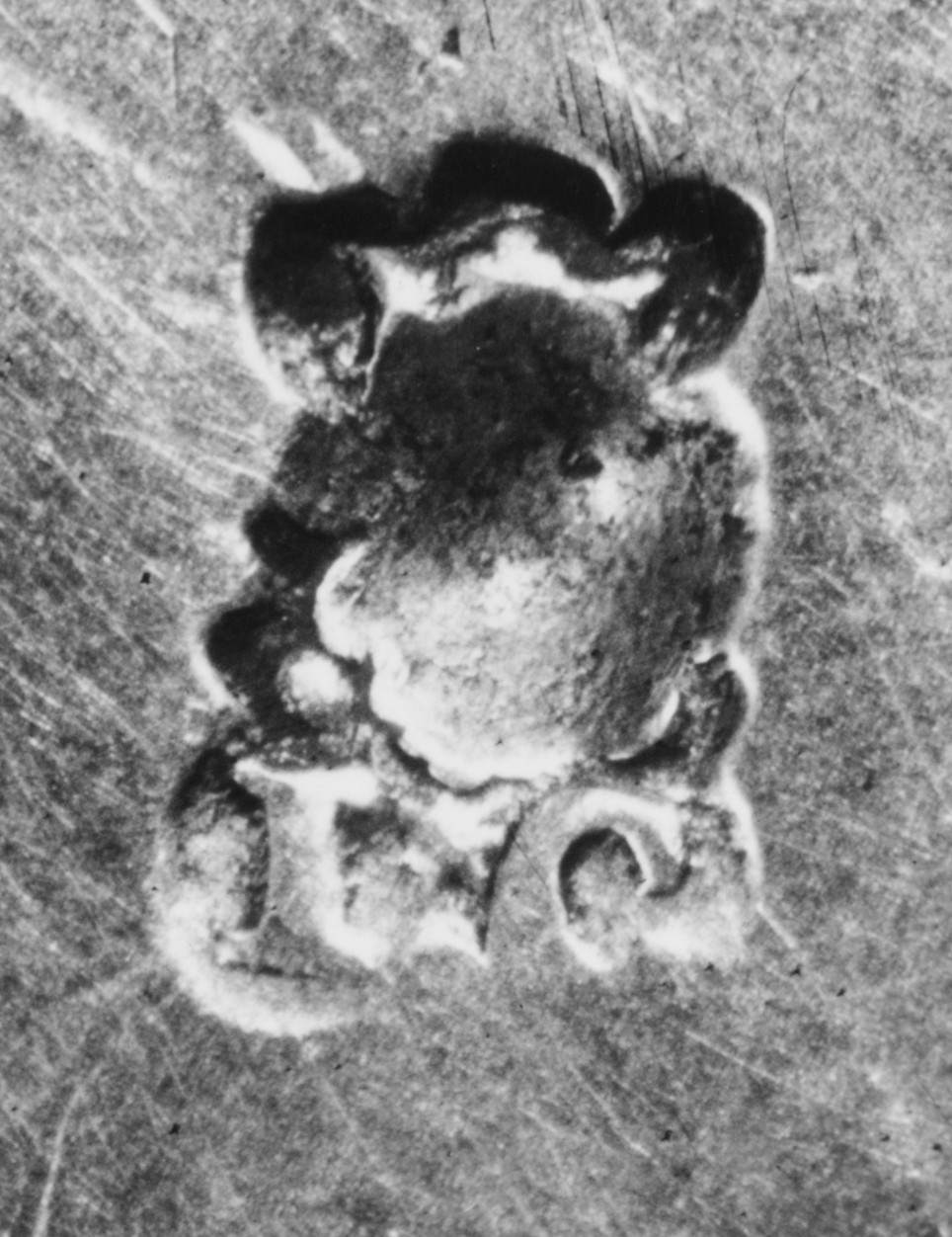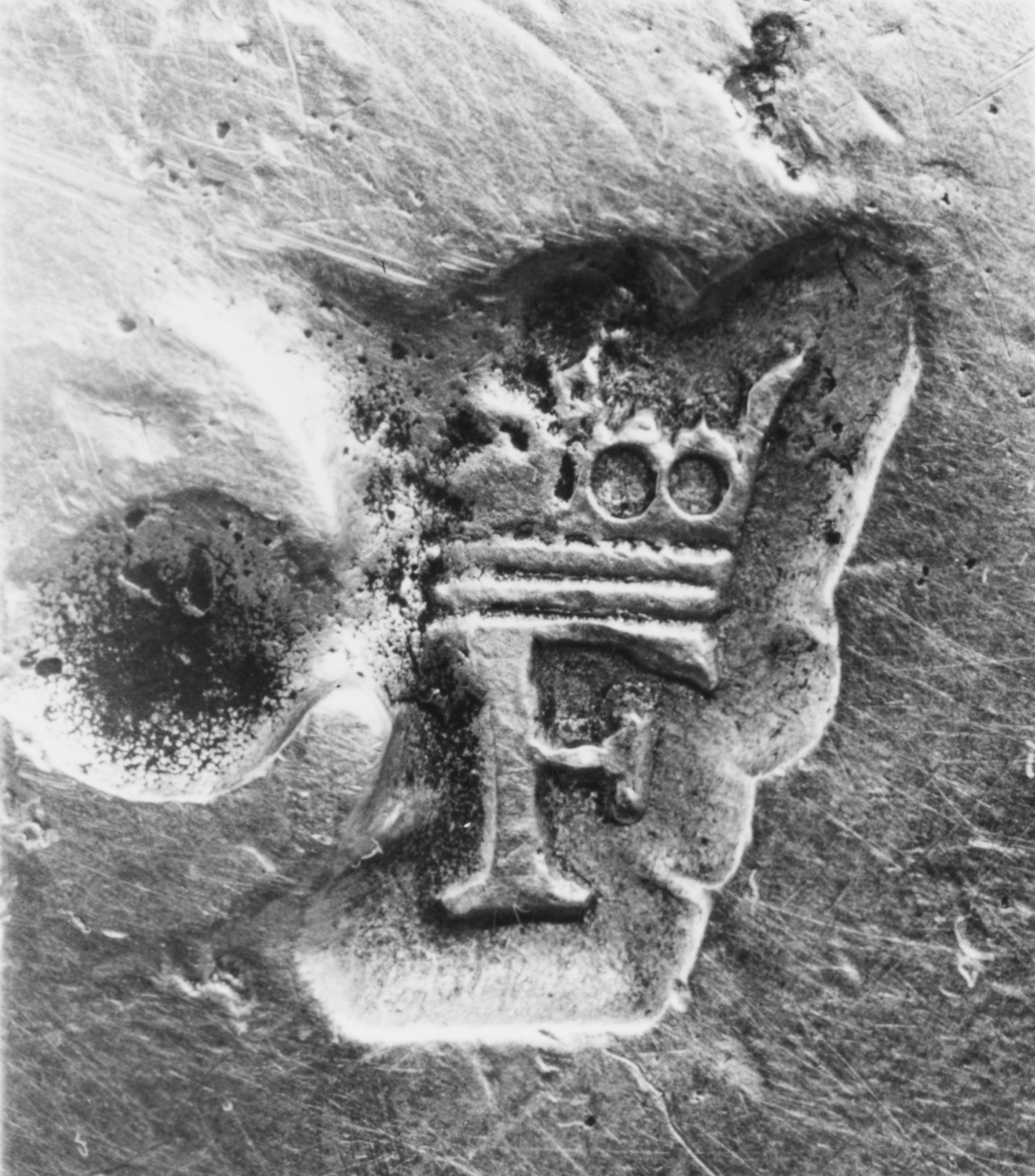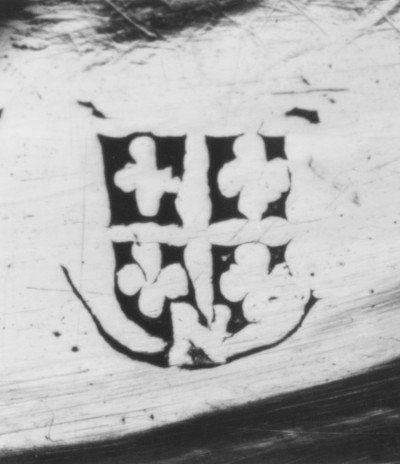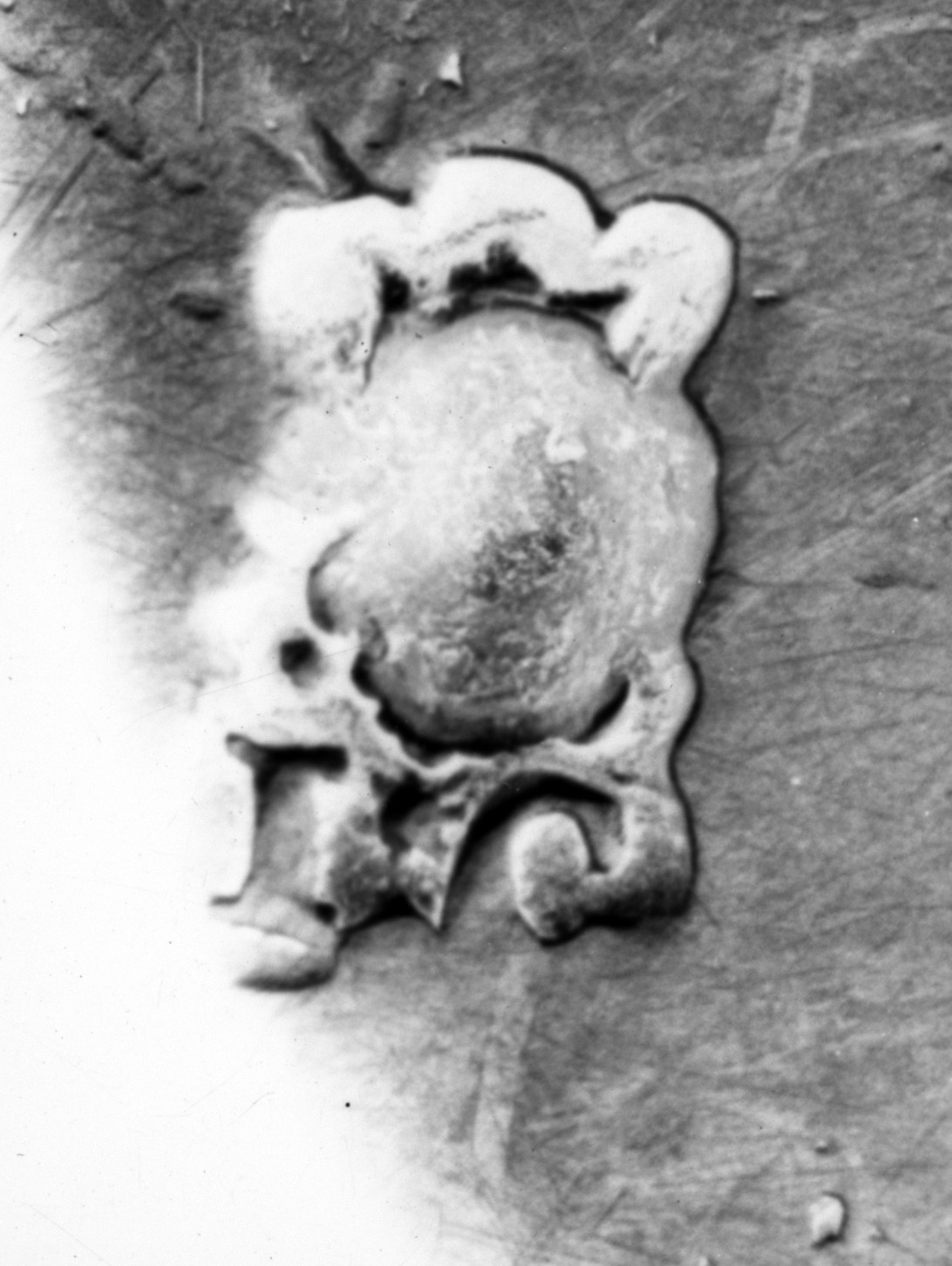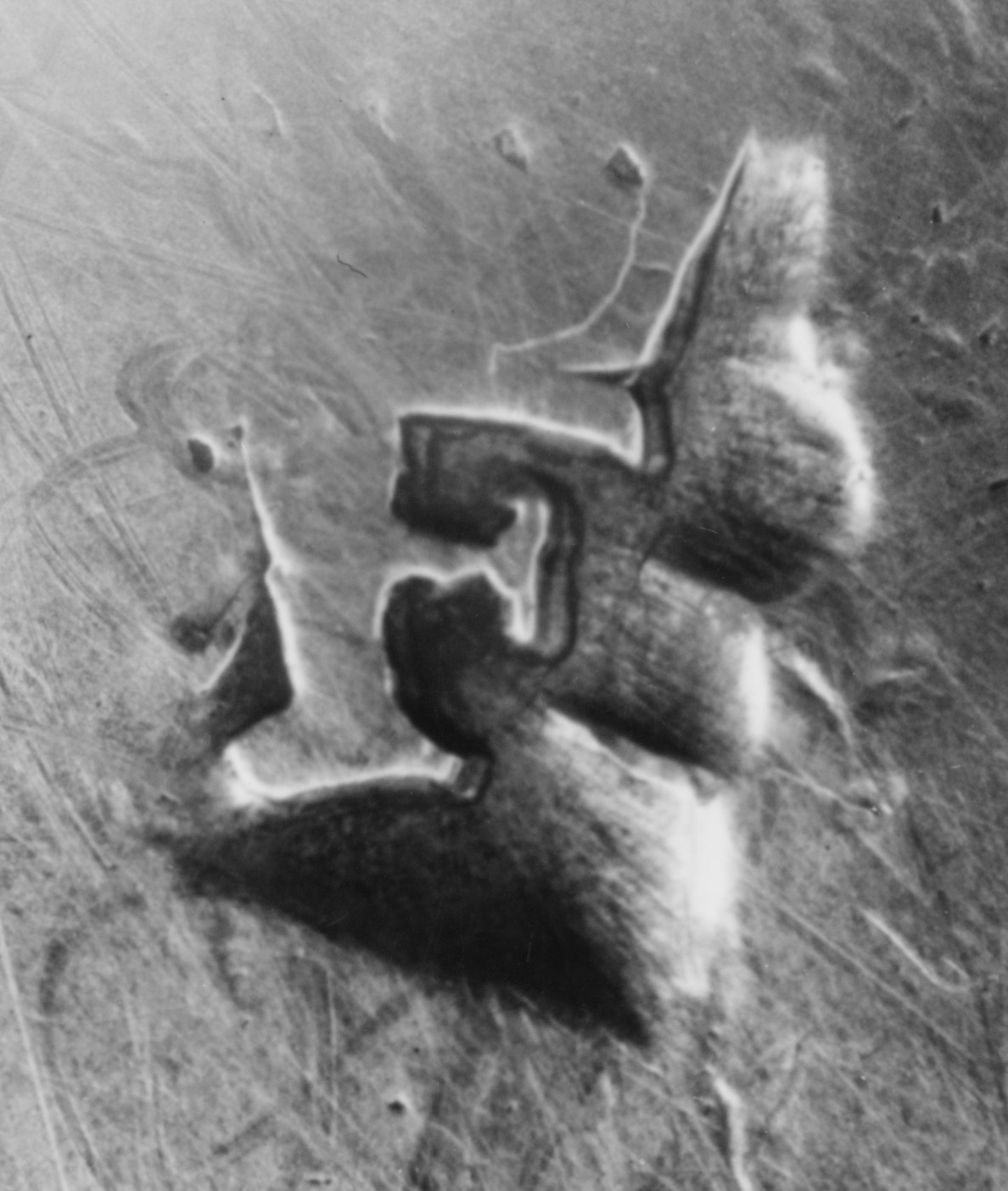Teapot
Tea was still a relatively new beverage in France when this teapot was produced. As the leaves were not imported into France in significant quantities at the time, it was an expensive drink, available only to members of the upper strata of society, and the small size of this teapot reflects tea’s high cost. This example appears to be the only surviving Parisian teapot of the late seventeenth century. Tea never gained the popularity of either hot chocolate or coffee in France, and silver teapots do not seem to have been produced in large quantities even in the eighteenth century.
In its design, the teapot corresponds closely to one in a drawing by the silversmith Nicolas-Ambroise Cousinet (active 1696–1715 ). An inscription indicates that the teapot in Cousinet’s drawing was made for Louis, duc d’Aumont (1667–1723 ), and it is known that the drawing was sent to the Swedish court in 1702. French silversmiths set the artistic standard for court silver throughout Europe, and the Swedes were particularly enamored of French fashions.
Due to rights restrictions, this image cannot be enlarged, viewed at full screen, or downloaded.
This artwork is meant to be viewed from right to left. Scroll left to view more.
